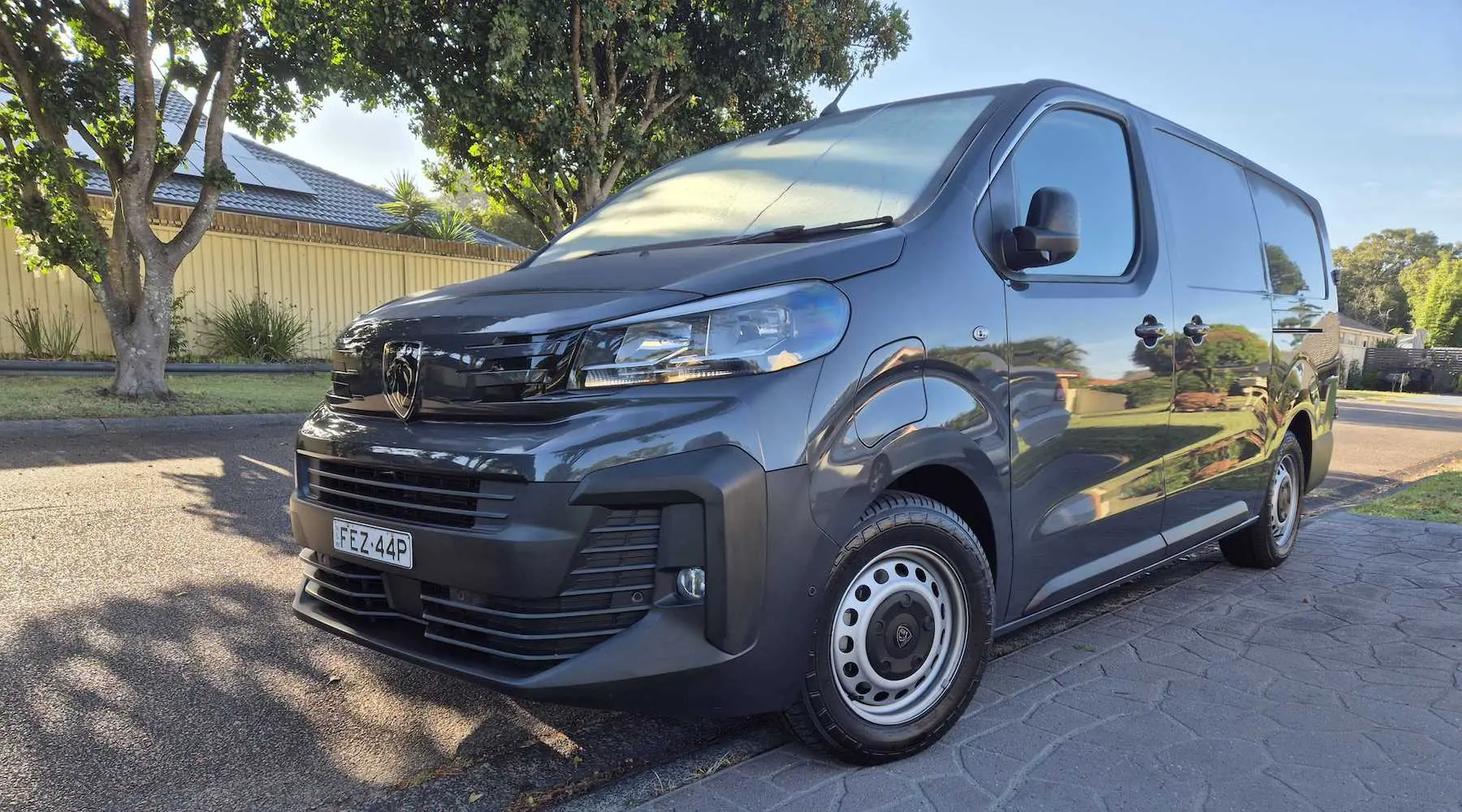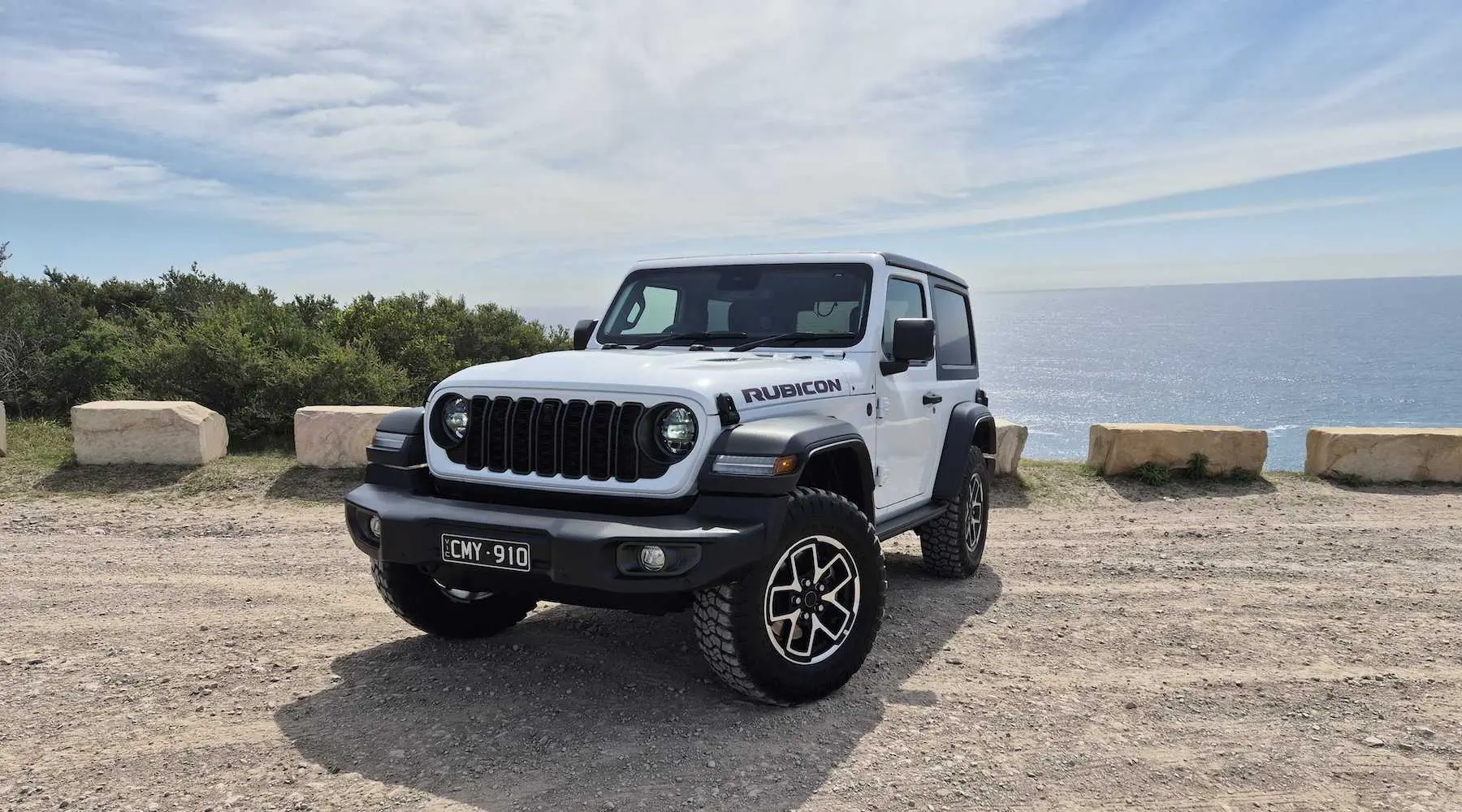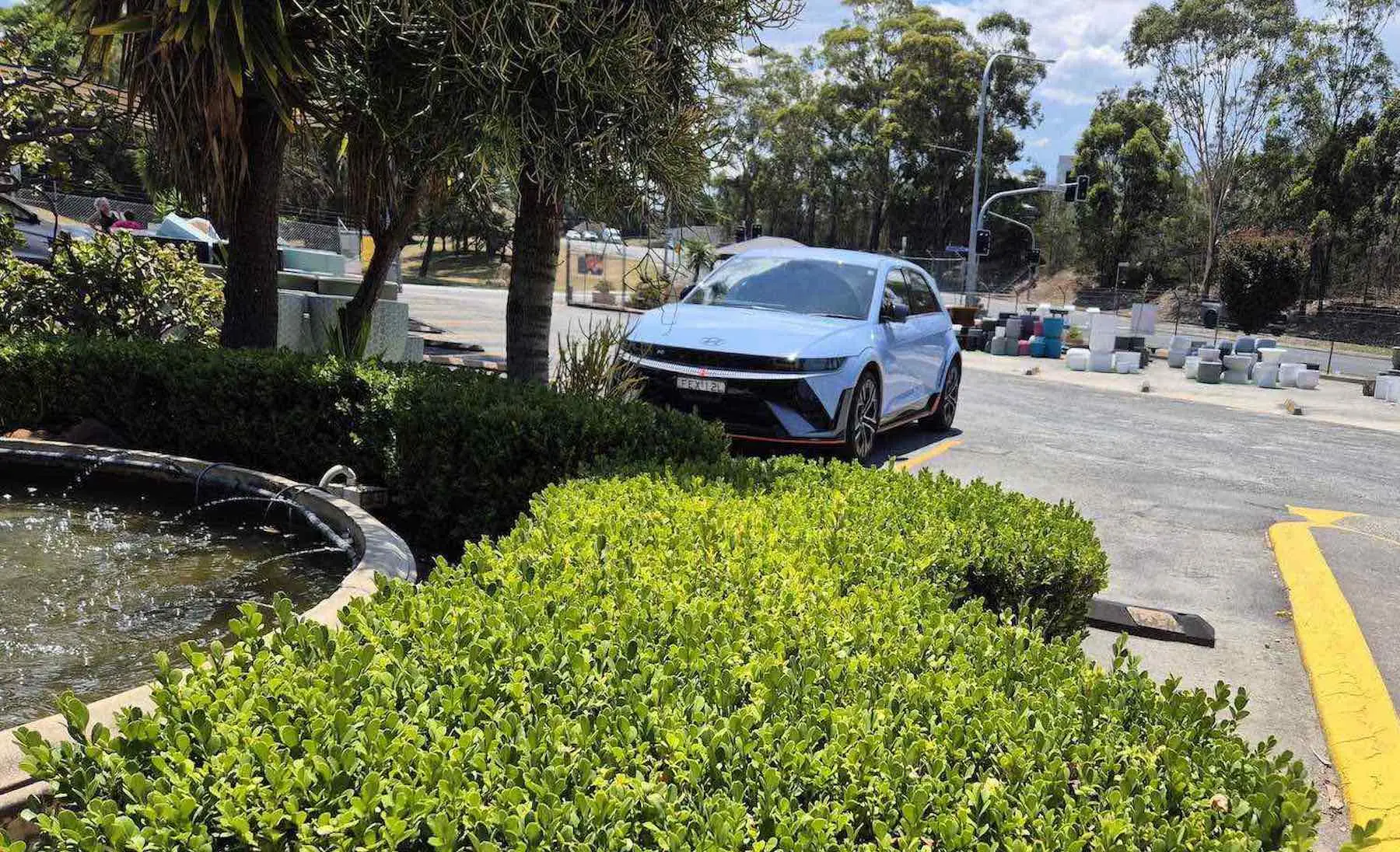
Finder car reviews help you cut through the petrolhead jargon and understand what a vehicle is really like. Our goal is to publish independent, unbiased, expert car analysis, so when you come to buy a new vehicle, you've got all the key information you need.
What are hands-on reviews?
Finder hands-on reviews are written by our resident car tester, Alex Jeffs. With these reviews, he has physically driven the model in question. Alex has tested dozens of new cars, all around the country.
These tests give you a first-hand account of how the cars fare when driven on (and sometimes off) public roads around Australia.
Latest Finder hands-on car reviews

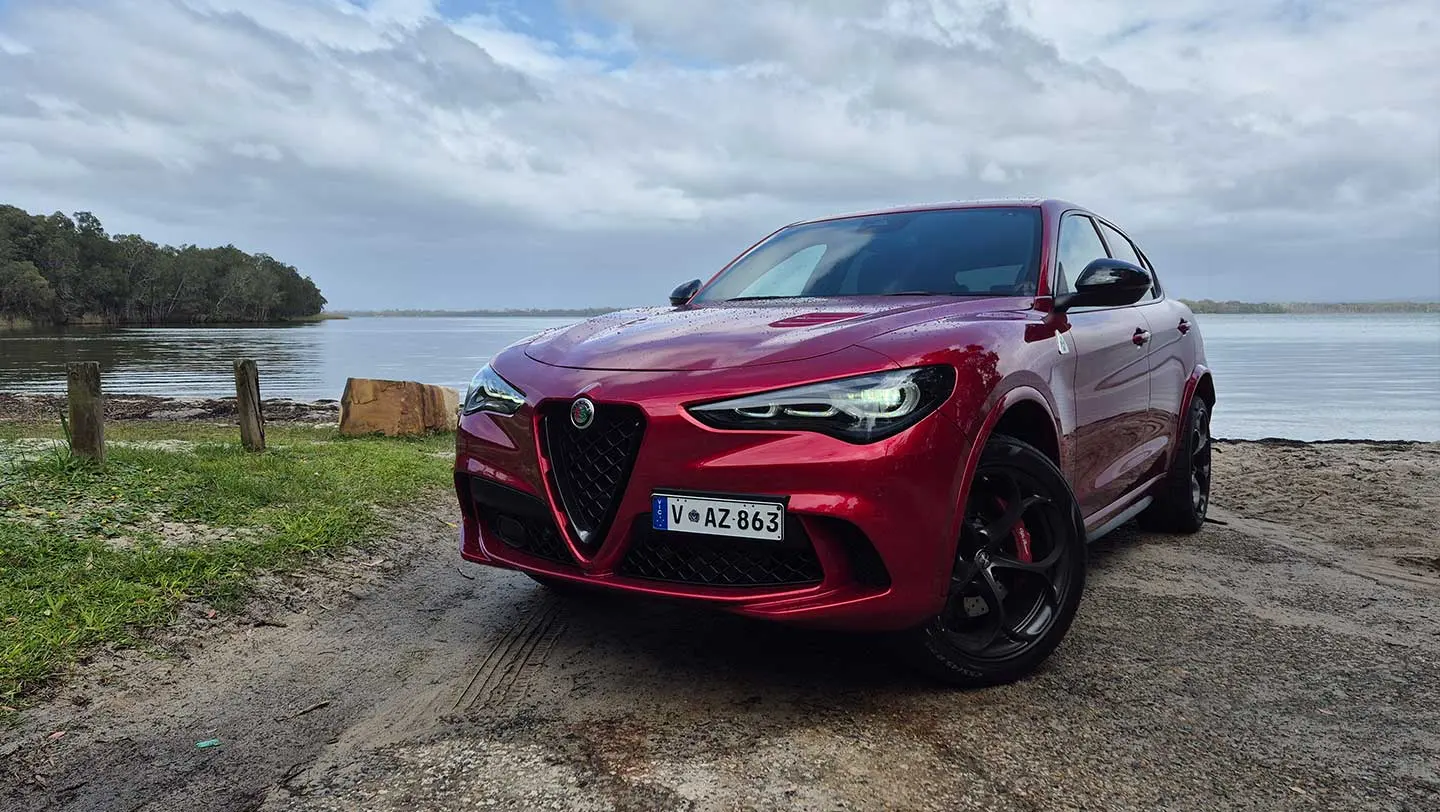
Alfa Romeo Stelvio Quadrifoglio Review
This is a car for people who want their SUV to go vroom in a way that no Nissan X-Trail or Toyota RAV4 could ever dream of.
Read more…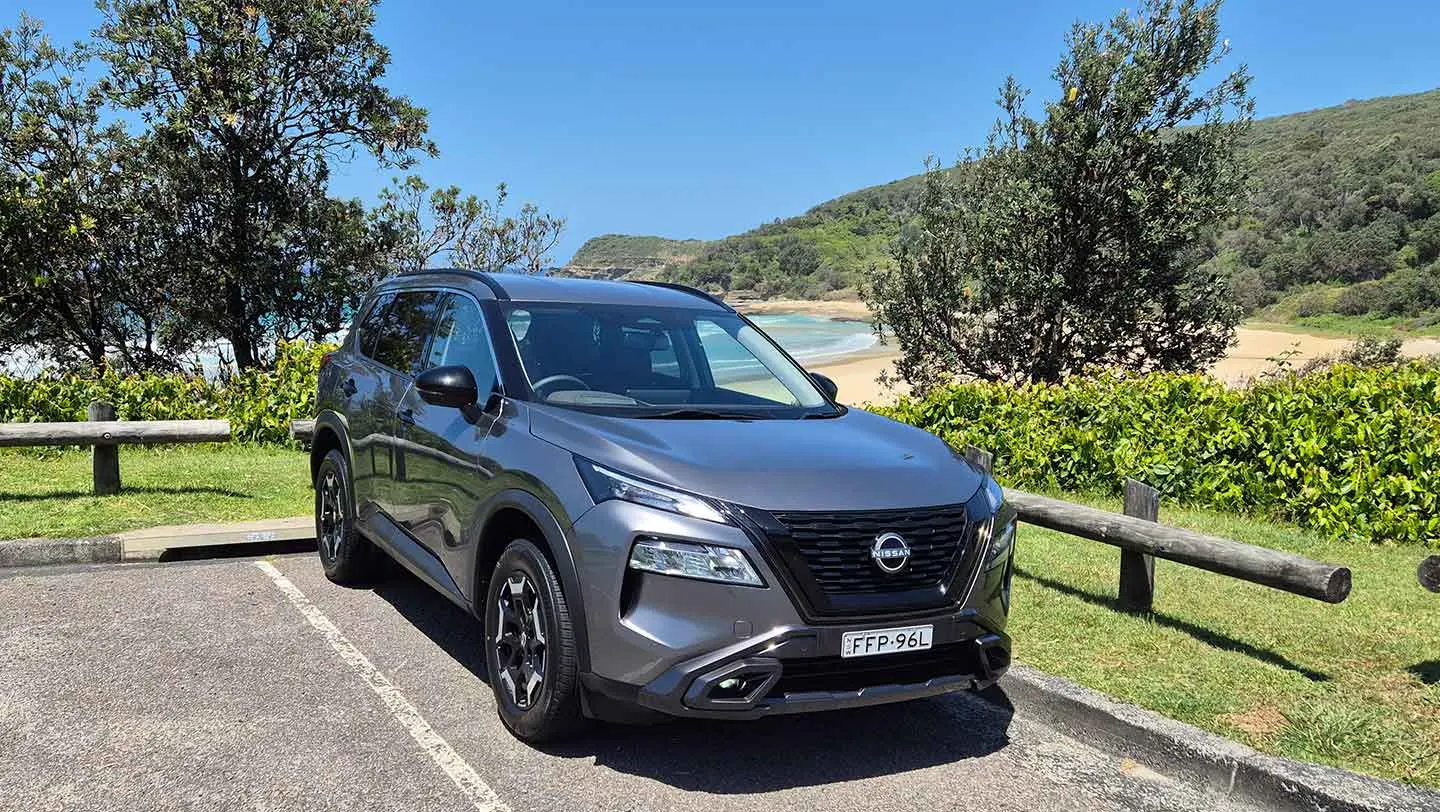
2024 Nissan X-Trail N-Trek Review
If you're thinking of buying an X-Trail, save yourself some money and stick with the 5-seater - it's the smarter choice.
Read more…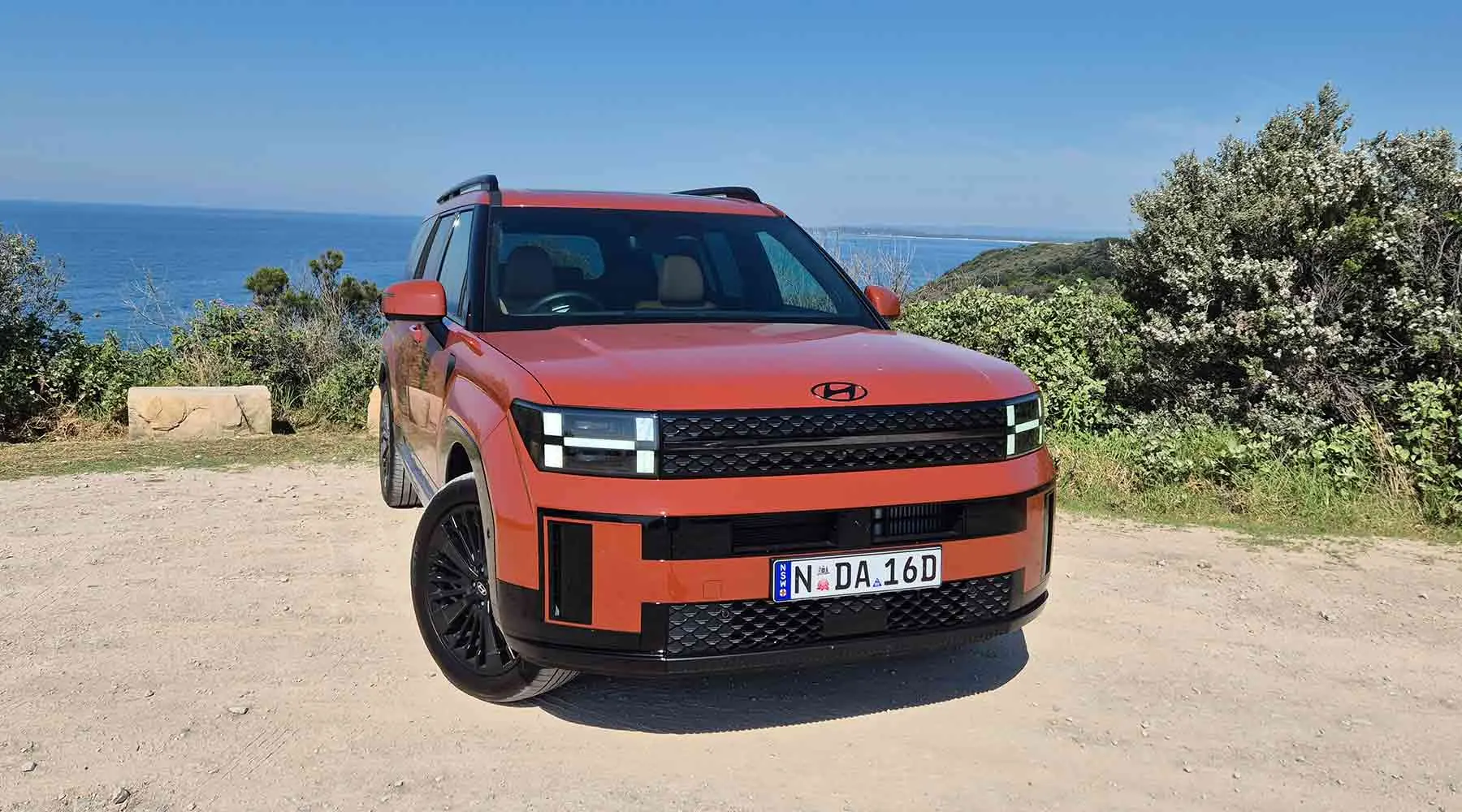
2024 Hyundai Santa Fe Calligraphy Review
There was a time when buying a Hyundai meant one thing: you were being sensible, cautious and - let's be honest - boring.But not anymore.
Read more…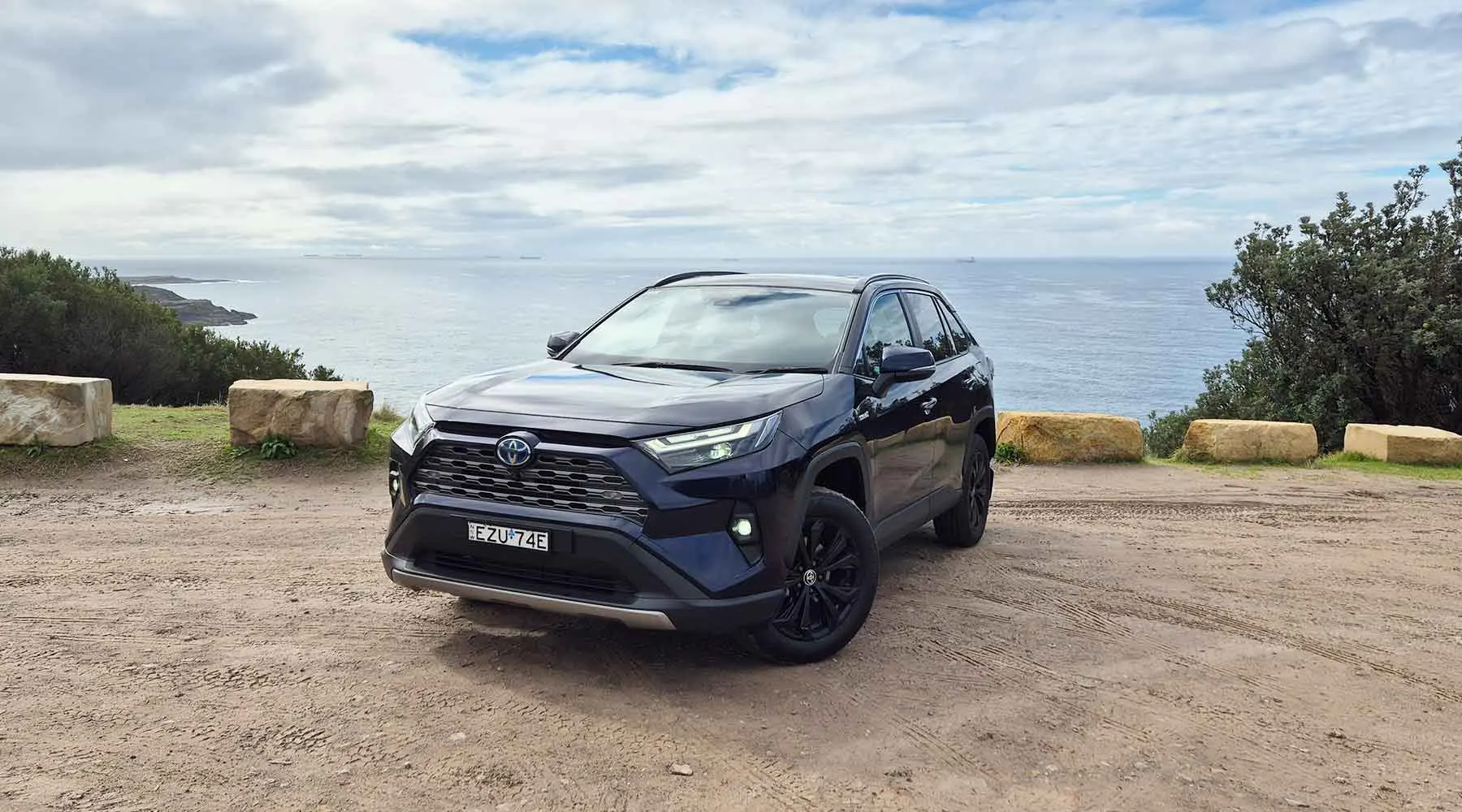
2024 Toyota RAV4 Cruiser Hybrid Review
In three decades, the RAV4 has gone from an adventurous oddball to an unstoppable sales juggernaut.
Read more…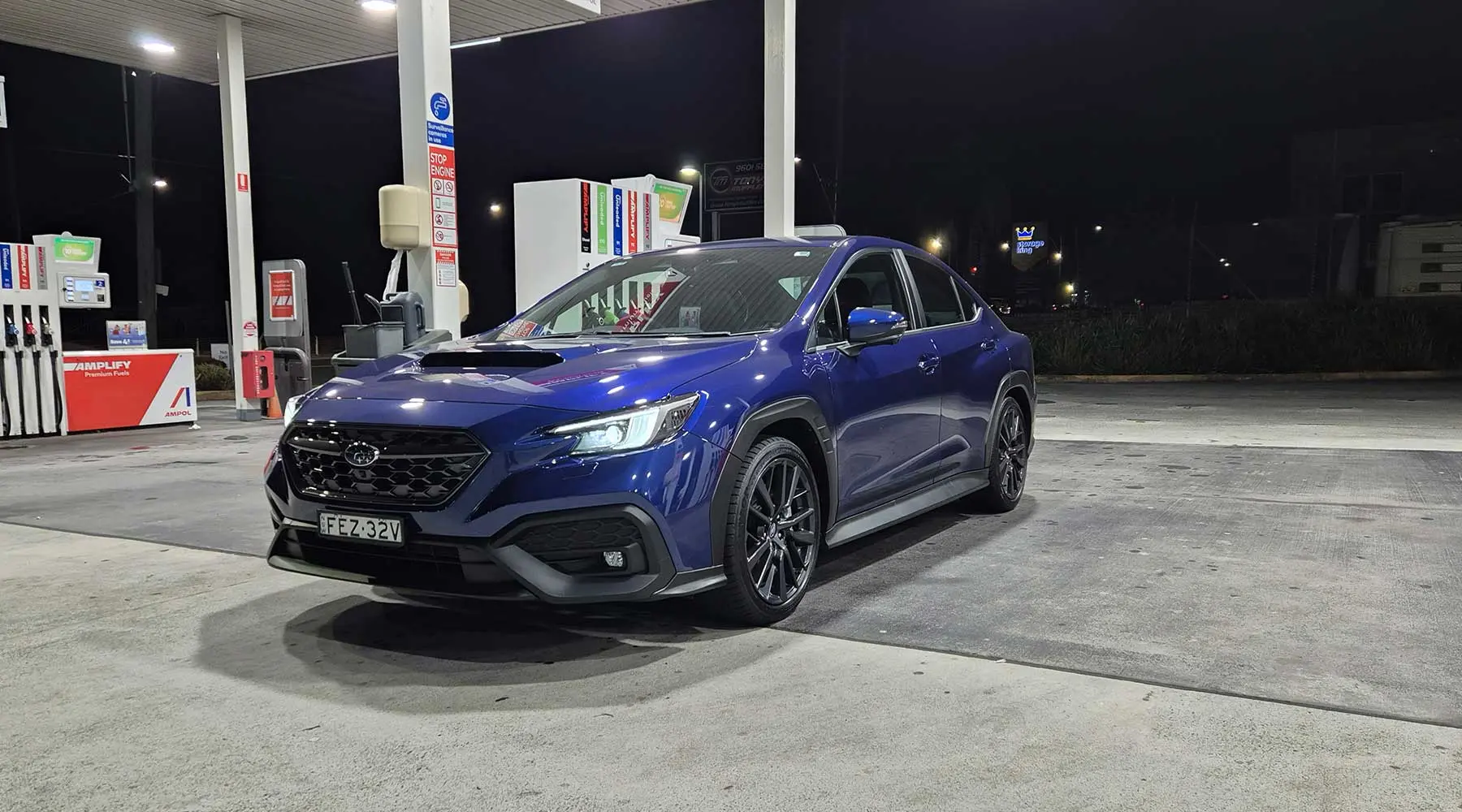
2024 Subaru WRX RS Review
It's not as wild as the WRX of old, but it's got enough spirit to keep things interesting.
Read more…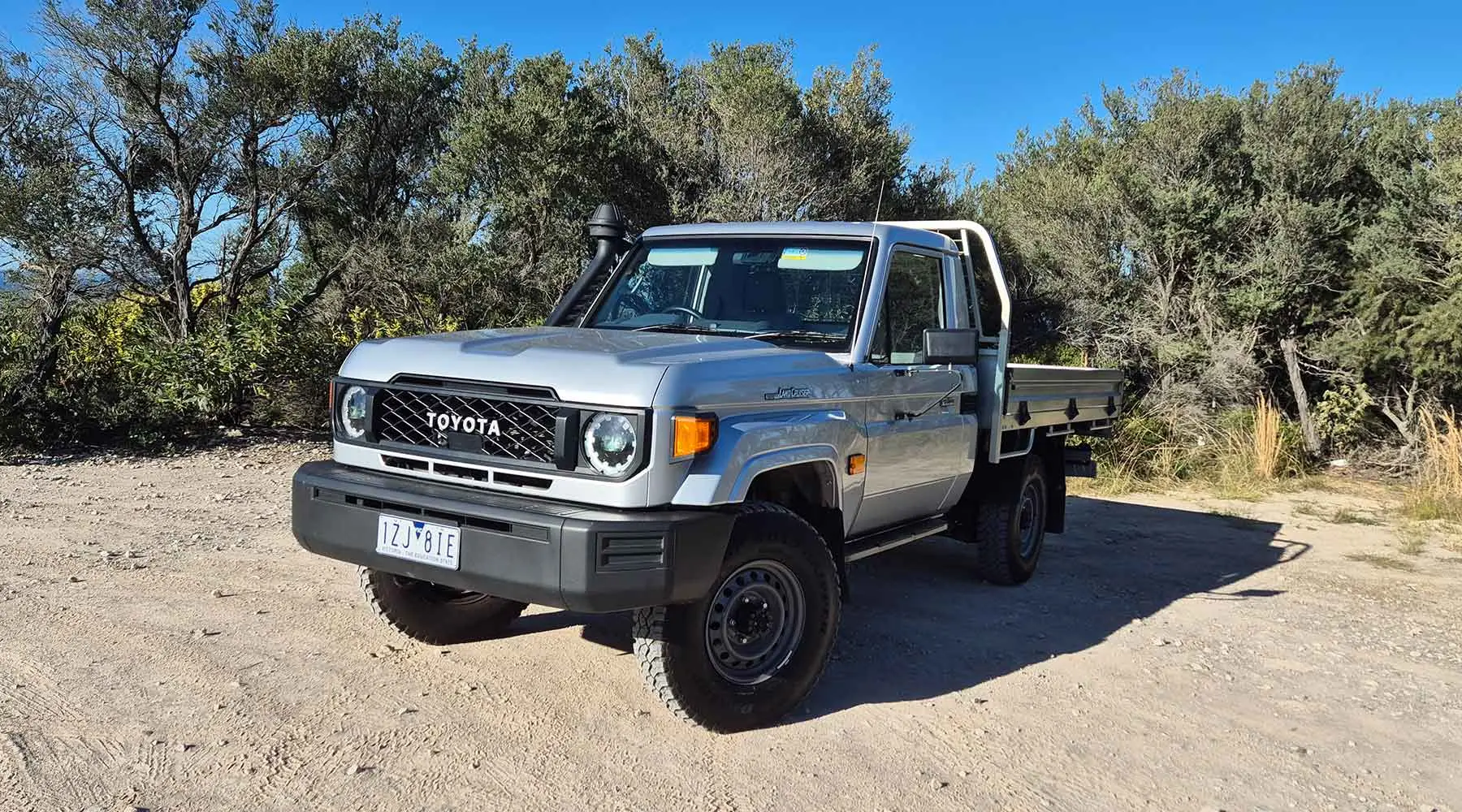
2024 Toyota LandCruiser 79 Series WorkMate Review
Head west, into the vast expanses of rural Australia, and the LandCruiser's true value shines.
Read more…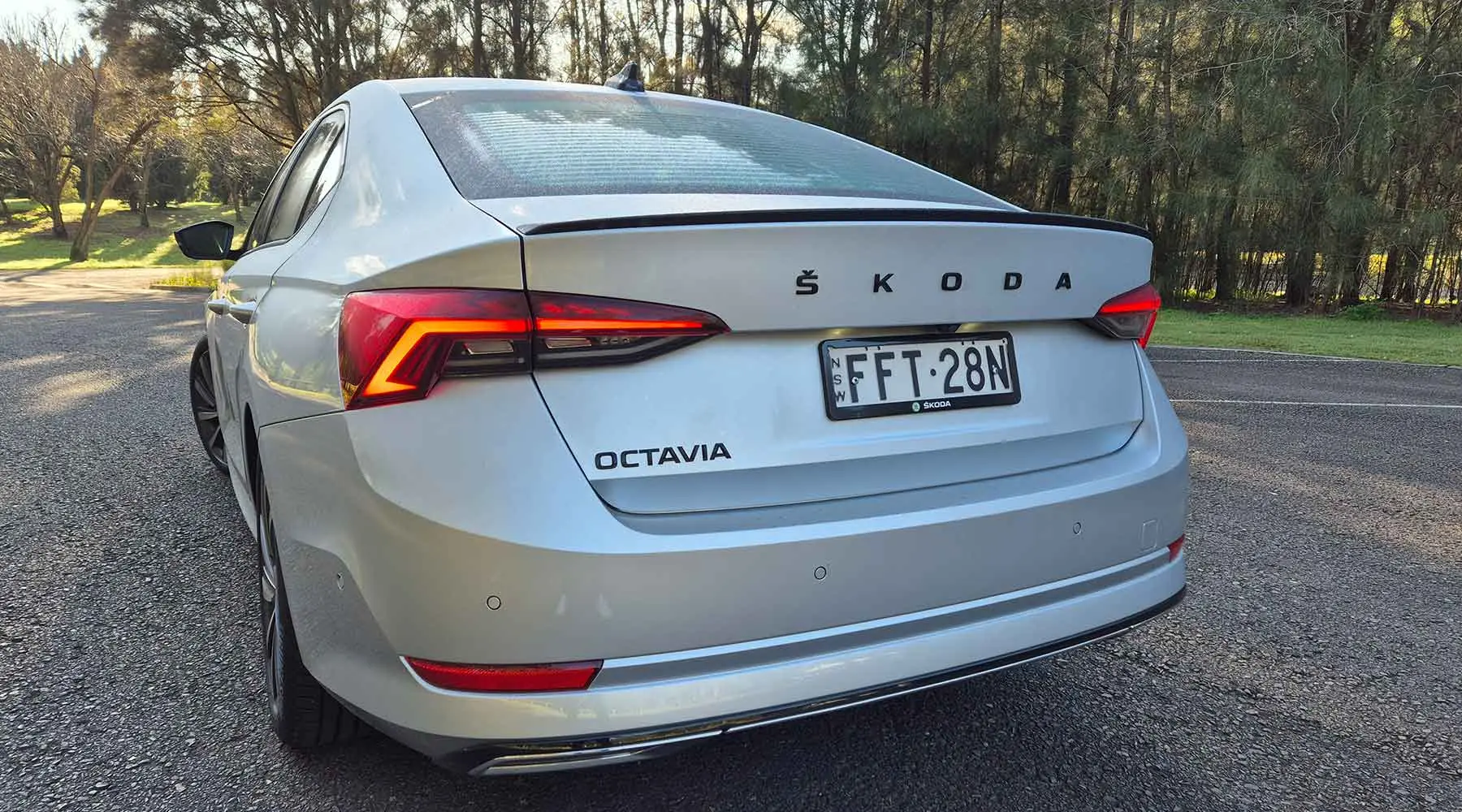
Škoda Octavia SportLine Review
The 2024 Skoda Octavia SportLine Sedan combines style, adequate performance, and practicality in a package that's easy on the wallet.
Read more…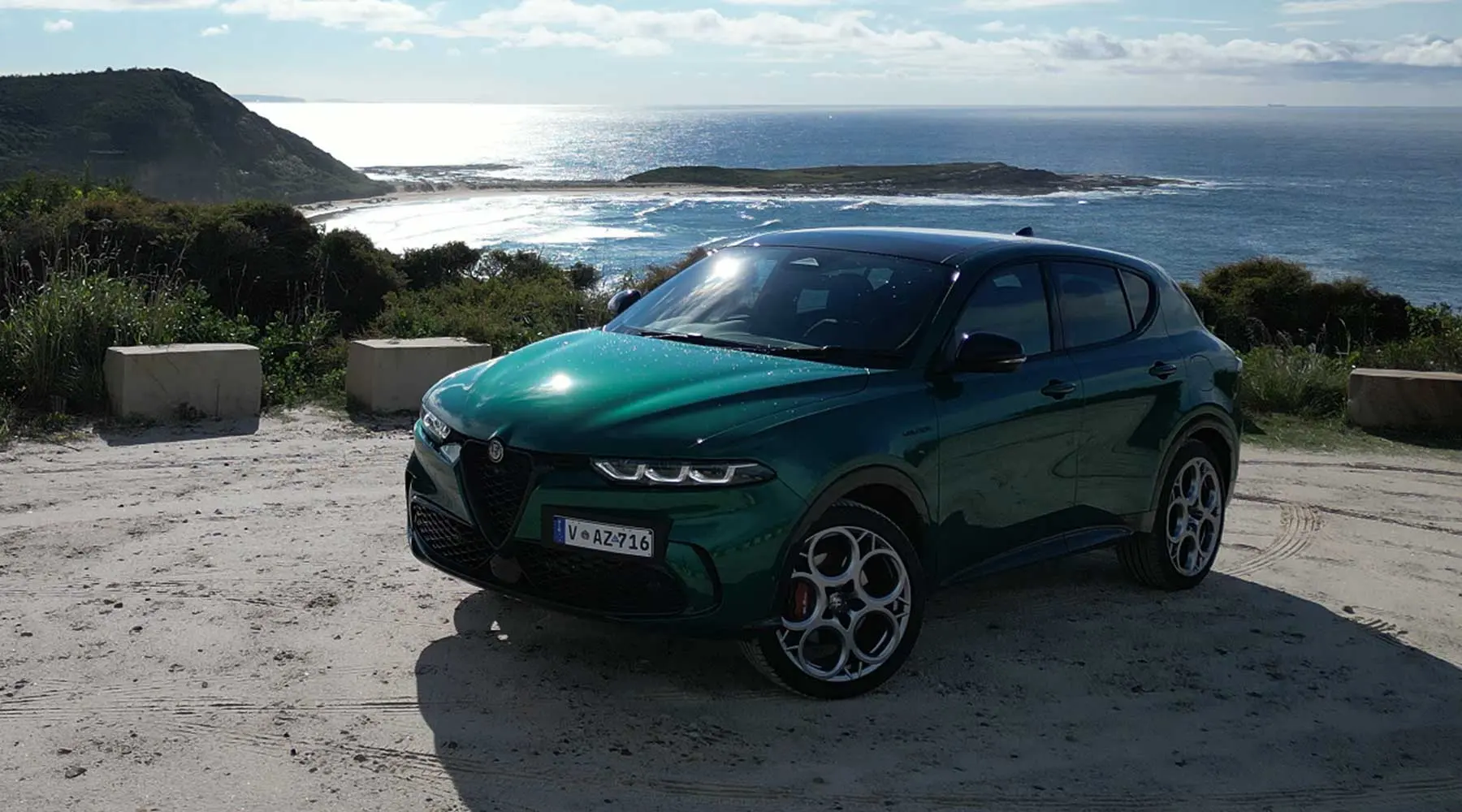
Alfa Romeo Tonale Veloce PHEV Review
It's not perfect, but it delivers enough style, performance, and eco-friendliness to justify its price tag.
Read more…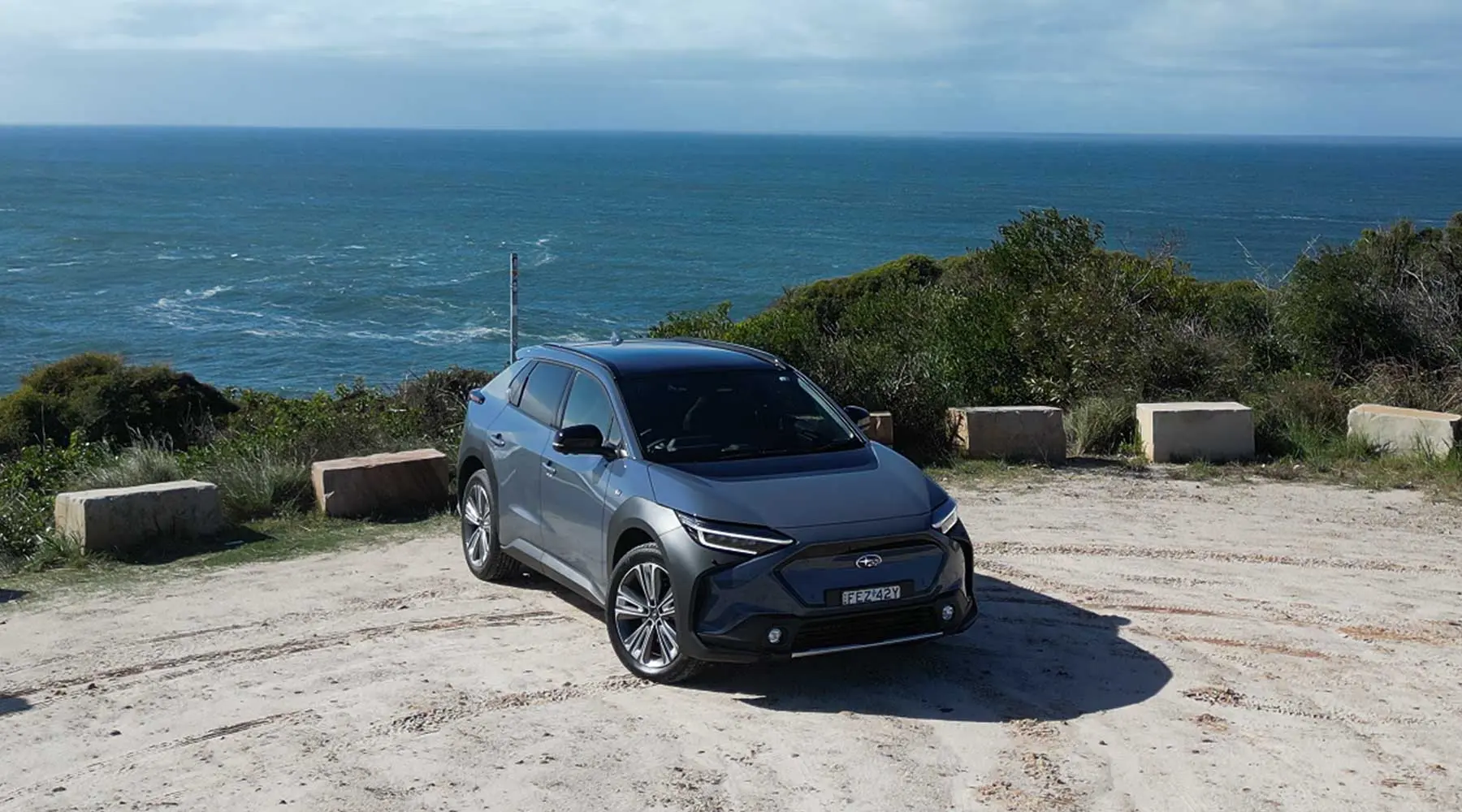
2024 Subaru Solterra Touring Review
The Solterra may not be a rally-bred beast, but it's well designed for the modern urbanite and weekend adventurer.
Read more…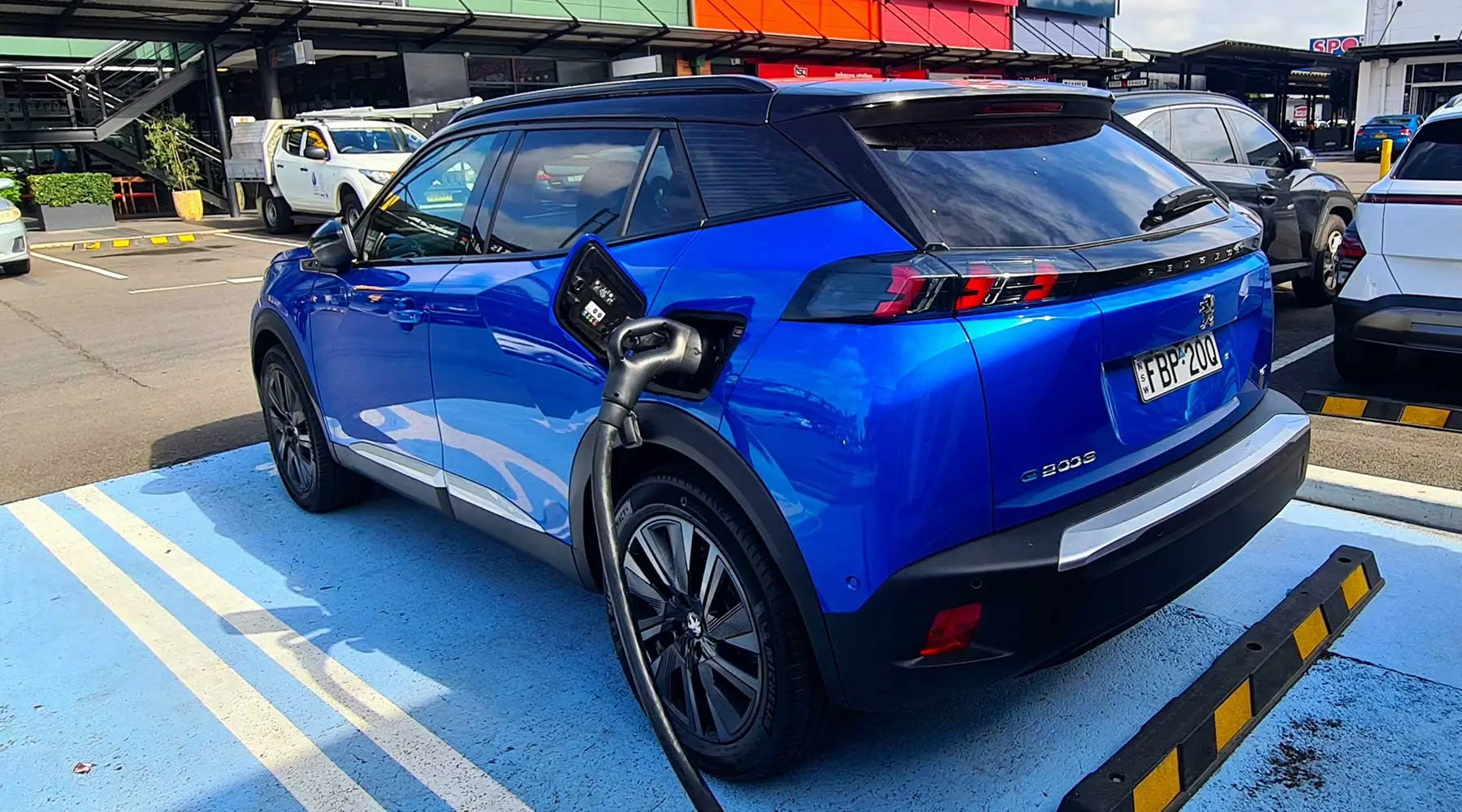
Peugeot 2008 & e-2008 Review
The Peugeot 2008 and its electric sibling, the e-2008 are essentially the same car but with two different propulsion methods.
Read more…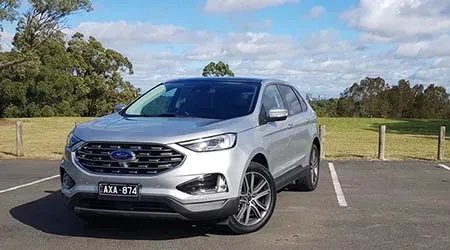
Ford Endura Titanium: Hands-on review
As long as you don't need seats seven and eight, I'd take a look at the Endura. It's rather endearing and looks sure to endure.
Read more…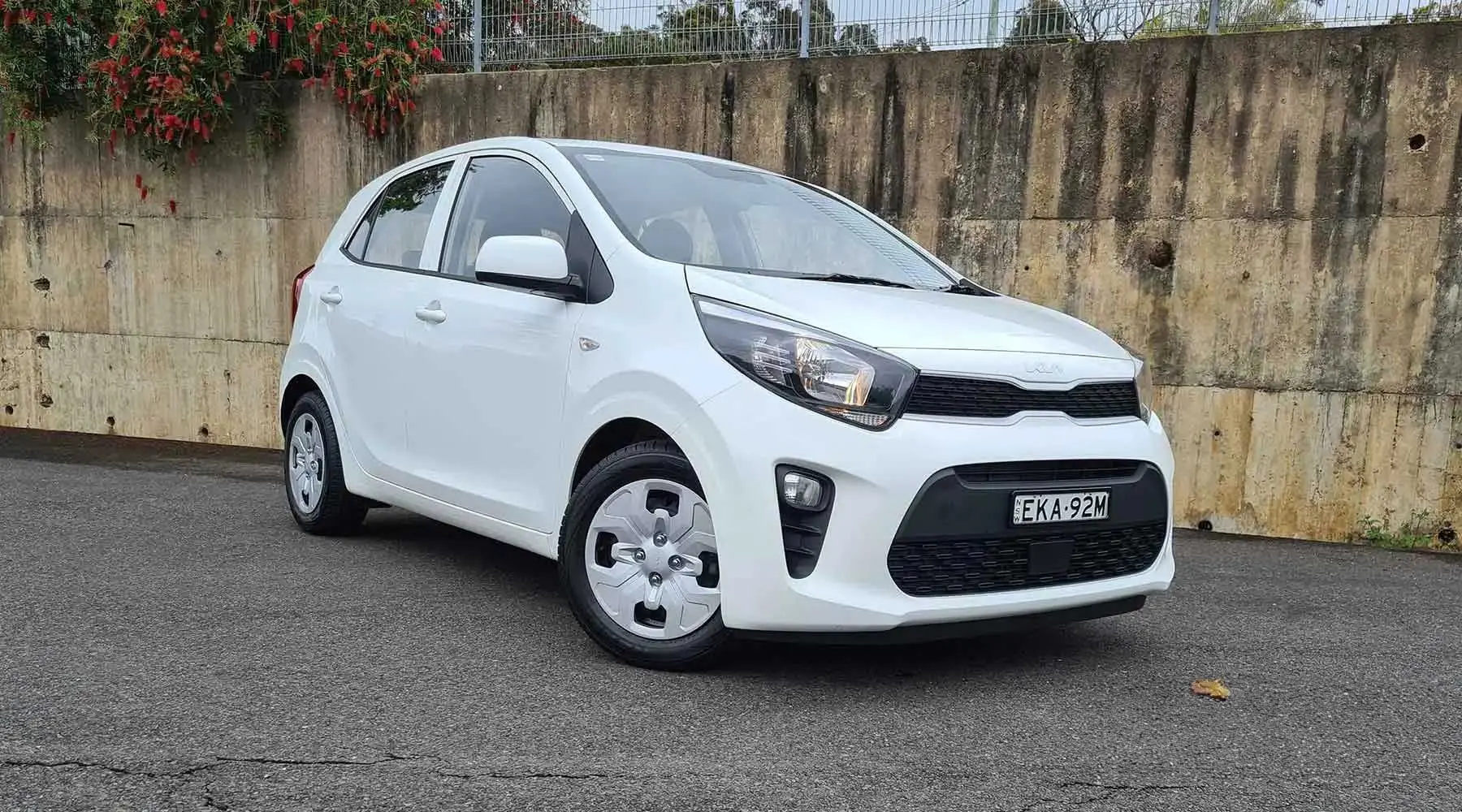
2022 Kia Picanto Review
It might look like a toaster with wheels – but maybe you shouldn’t write it off just yet.
Read more…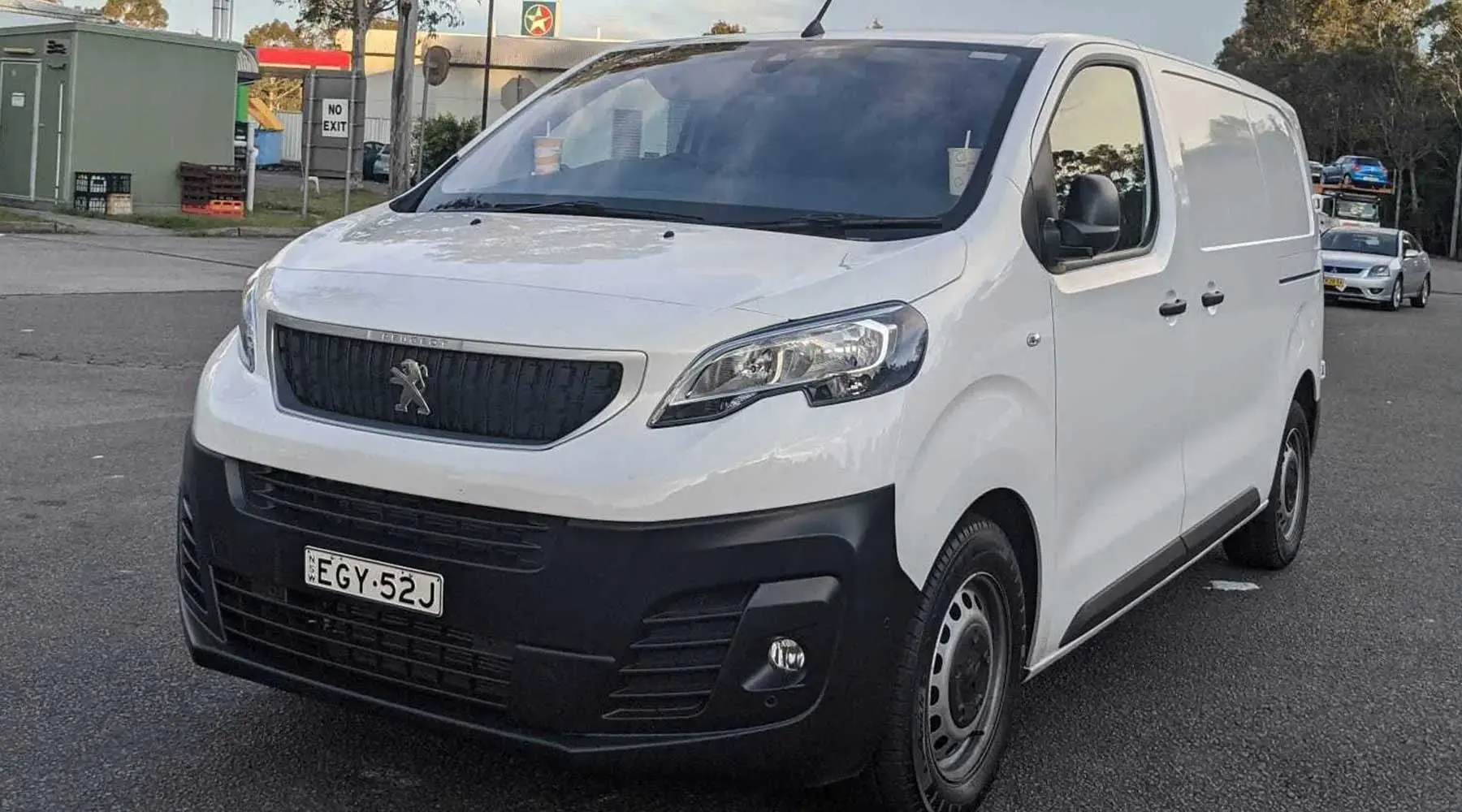
2021 Peugeot Expert Van Review
Despite being marginally down on power, the 2021 Peugeot Expert van is a fuel efficient option when held against its competitors.
Read more…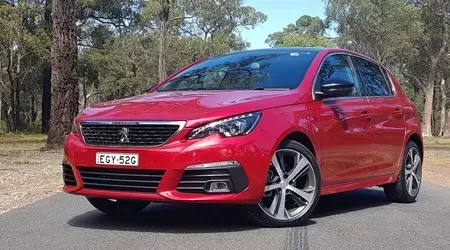
Peugeot 308 GT-Line review: hands-on
At $34,990 the Peugeot 308 GT-Line is duelling with some quality, well-appointed and, frankly, more powerful competitors.
Read more…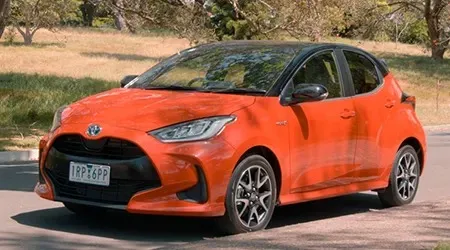
2021 Toyota Yaris Review: hands-on
Toyota has taken things up a notch with this latest-gen Yaris, but for all the improvements, Toyota are charging a premium.
Read more…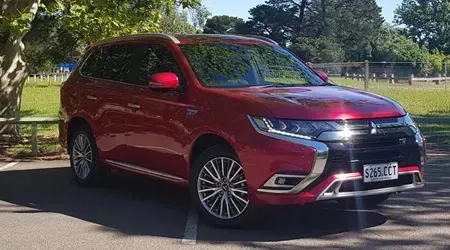
Mitsubishi Outlander PHEV: Hands-on review
Here's why the Outlander PHEV may be the environmentally conscious SUV you have been searching for.
Read more…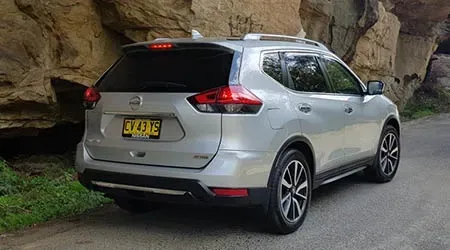
2020 Nissan X-Trail N-Trek review: Hands-on
Does the world's best-selling SUV still have what it takes?
Read more…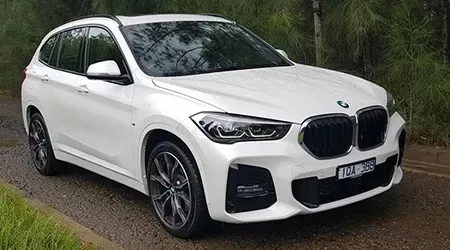
BMW X1 Review: Hands-on with the xDrive25i
The BMW X1 represents the German brand's smallest SUV, making it the entry-level vehicle to BMW SUVs.
Read more…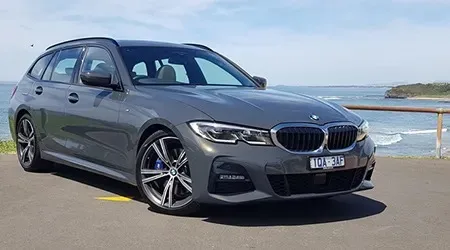
BMW 330i Touring M Sport Review: Hands-on
Sure, SUVs, for the most part, are spacious and practical – but so is the 330i Touring. The main difference is that the BMW is much more fun to drive!
Read more…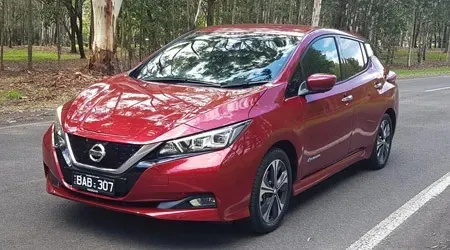
Nissan Leaf: hands-on review
As virtually every manufacturer scrambles to get its ducks in a row and produce an electric vehicle, Nissan has been well ahead of the curve with the Nissan Leaf.
Read more…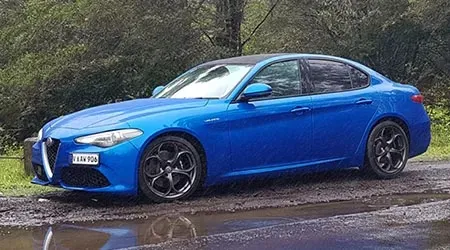
Alfa Romeo Giulia Veloce review: hands-on
When you think of luxury sedans, chances are your mind jumps straight to Germany with Audi, BMW and Mercedes-Benz dominating the sales in the Australian luxury segment.
Read more…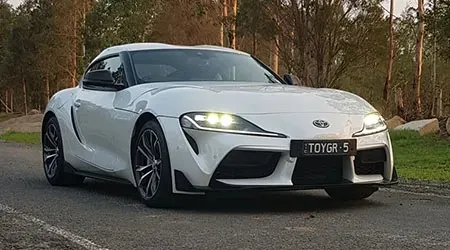
2020 Toyota Supra review: Hands-on with the GT
We got behind the wheel of this opinion-splitting, ding-dong starting GR Supra in GT spec.
Read more…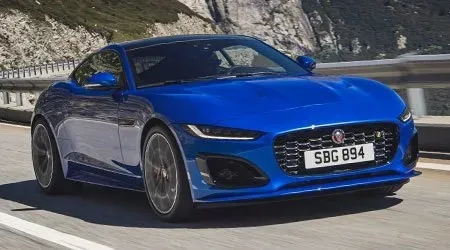
Jaguar F-type Chequered flag edition review: hands-on
Jaguar celebrates its sports car heritage with the Chequered Flag Edition
Read more…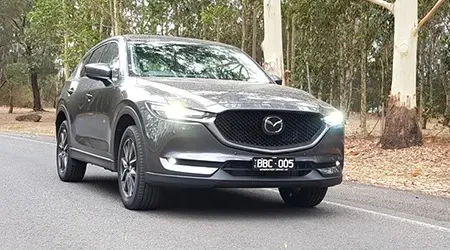
Mazda CX-5 GT Turbo Review: Hands-on
We got behind the wheel of the Mazda CX-5 GT, which sits at the pointy end of the range in the current stable – between the Touring and the Akera – to see why 30.34% of Mazdas sold are CX-5s.
Read more…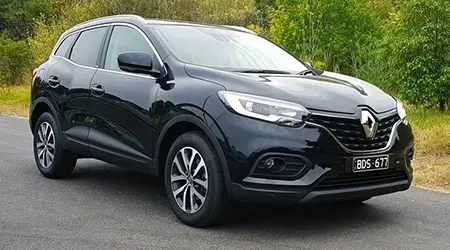
Renault Kadjar Review: Hands-on
The Nissan-Renault connection continues with the Qashqai-based Kadjar. The French brand's newest introduction into the Australian market sits between the Captur and Koleos in their SUV line-up.
Read more…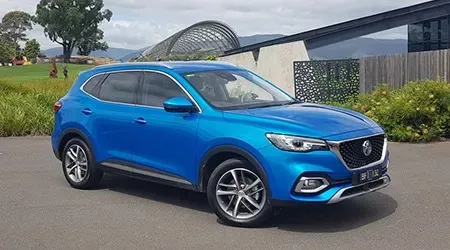
MG HS Review: Hands-on
The MG HS range is keenly priced and will draw the attention of savvy shoppers, but does it have enough to turn interest from Australian buyers into significant sales?
Read more…Latest car news
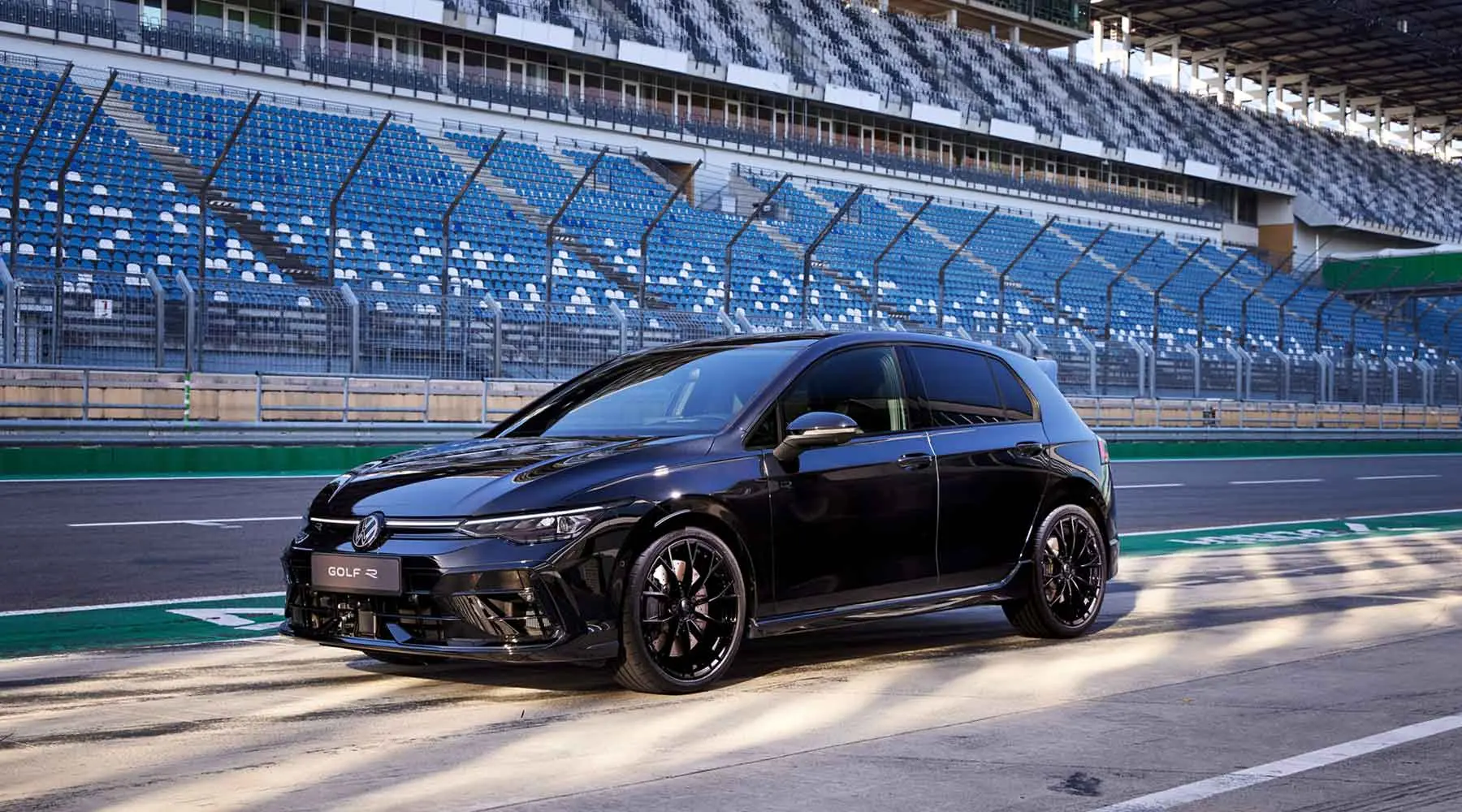
Volkswagen Golf Mk8.5: More tech, more power, more excuses to upgrade?
The VW Golf is back - and it's got more of everything.
Read more…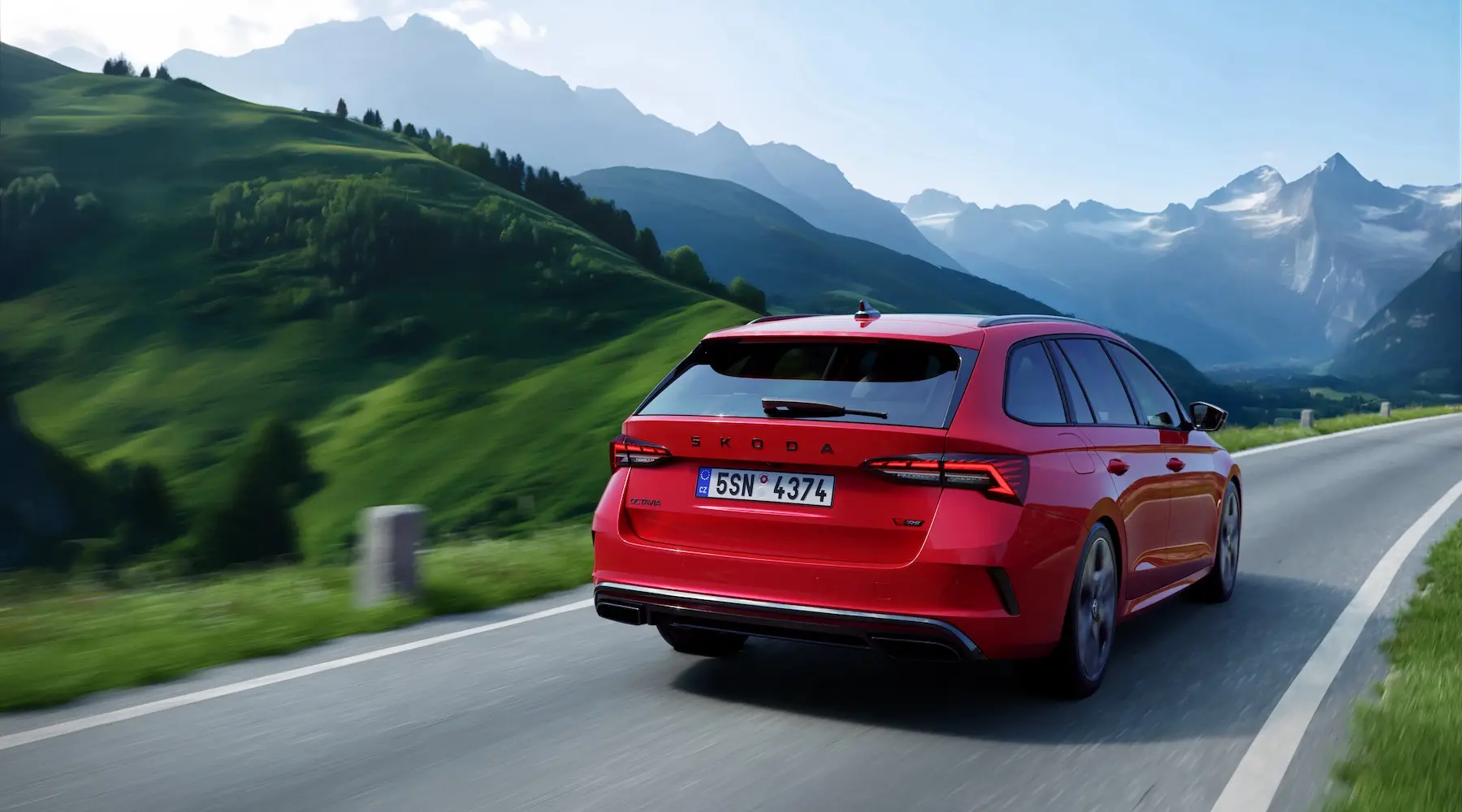
Sharper, smarter and better value: The 2025 Skoda Octavia RS lands in Australia
Skoda refines its family-friendly performance car with more features, more power and a competitive price.
Read more…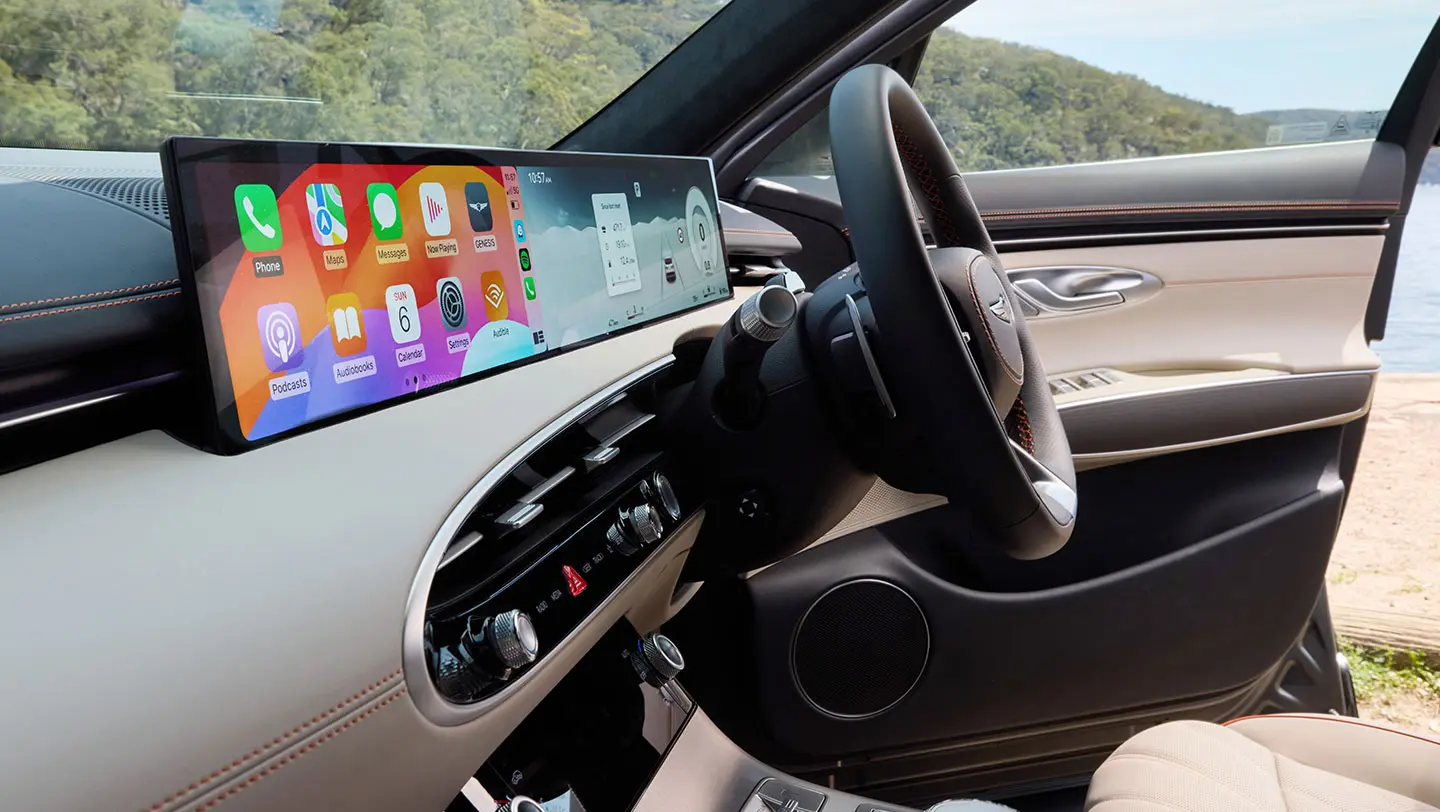
Genesis unveils the 2025 GV70 with refined luxury and fresh tech
Starting at $78,500 plus on-road costs, the GV70 is positioned to provide a compelling mix of features, design and performance.
Read more…What types of cars are there?
Looking for a new car but don't know which size or body style you need? Here's a little explainer of the most common vehicle types:
- Hatchbacks. A city-friendly, compact passenger car, hatchbacks feature a rear boot lid that opens upwards so you can access the cargo area, which is known as a hatch and this is where they get their name. Hatchbacks are versatile vehicles that are well-suited to families, couples or solo motorists. The hatchback segment is broken down into different sizes:
- Micro hatchbacks, like the Kia Picanto or the Mitsubishi Mirage, are well suited to recently qualified or young drivers. A major selling point is the diminutive engines, which make these runabouts fun to drive, but also extremely economical.
- Light cars, like the popular Mazda2 or Toyota Yaris, have more interior room than a micro hatch but still have relatively pocket-sized exterior dimensions, making these ideal for anyone who lives in an urban area. Parking should be a doddle with one of these scaled-down models.
- Small cars are a step up in size from the smaller hatches, to a point where you could fit 5 adults in the car while having space for a baby stroller or some suitcases in the boot. The best-selling example is the Toyota Corolla (which is available as a hybrid model), the Hyundai i30 (which has a super-long 7-year warranty) or the Mazda3. In this category, you'll also find performance variants, known as hot hatches. The most famous is probably the VW Golf GTI, although Hyundai's i30N is quickly establishing itself as an important contender.
- Sedans. Sedans are larger passenger vehicles where the roof tapers down to meet the boot, which then extends further from the main body. Unlike a hatchback, the boot in a sedan is separate from the passenger cabin, so you typically can't just reach over to grab something the same way you would in a hatch. Sedans are a popular choice with business people as well as families as they provide more space and often additional engine power over hatchbacks. The best-selling sedan is the Toyota Camry, followed by the Mercedes-Benz C-Class and the Holden Commodore (wagon on test).
- Wagons. When you want a car that can do it all, including shifting people and stuff, the wagon has traditionally been the go-to vehicle. Wagons are usually based on a sedan model, with the rear roofline extended, creating a larger interior and boot space. Wagons are well-suited to family demands, but offer up the additional practicality of having a near-van-like cargo-carrying capacity with the rear seats flipped forward. Recently, Alex Jeffs drove the BMW 330i Touring M Sport wagon.
- SUVs. SUV stands for sports utility vehicle. SUVs are taller, offering a better view of your surroundings while packing a decent boot. Historically, SUVs tended to have AWD (all-wheel drive) or 4WD (4-wheel drive), but with their surge in popularity as everyday vehicles, manufacturers are constantly launching new models with 2WD (2-wheel drive) and more city-oriented features. SUVs are quickly replacing the family wagon, thanks to the availability of small, medium and large models as well as their vastly improved fuel efficiency. SUVs are highly practical, making them the Swiss Army knife of the car world. Popular models include the Mazda CX-5 and CX-3 and Toyota's RAV4 (available as a hybrid), Prado or LandCruiser.
- People movers. When you need to shift more than 5 people regularly, you'll want a people mover. These are often based on commercial vans, though not always, with added passenger comforts and conveniences. If you frequently need to transport your kids and their friends or just have a large family, a people mover is the sensible choice.
- Utes. Otherwise known as a utility, a ute is a vehicle that has a passenger cab up the front and a cargo tray or load bed on the back. Available in 4x2 or 4x4 variants, utes are also built in 3 body types – single cab, dual cab and extra cab. Single cabs have 2 seats, dual cabs (also called crew cabs) will have up to 5, while extra (or king) cabs usually have 2 seats, with a longer passenger compartment for storing tools. Tradies and farmers love utes for their power to tow heavy trailers, their load-carrying capacity and the ability to take them off-road. Nowadays, they're also becoming increasingly popular with drivers who want a vehicle that can double as both a day-to-day commuter and something to help them escape the city on the weekends, packing all the latest safety and tech you'd expect from a luxury car at the same time. Learn what to look for in our buying guide to the best utes.
- Coupés. Coupés are shorter than sedans (the French word coupé means "cut"), featuring a fixed roof, two doors and a long sloping rear end. Coupés are often high-powered performance or luxury vehicles, which makes them popular with motoring purists, while the lack of interior space means they're usually only suited to solo occupants or couples.
- Convertibles. Convertibles are cars with fold-down or detachable roofs, allowing them to transform from a sealed cabin to an open top at the press of a button. These types of vehicles are usually sports cars and prove popular with driving enthusiasts, thanks to the exhilarating sensation of fast-moving air and exposure to ambient sounds.
- Electric vehicles. Not sure if an EV or Hybrid is for you? Read our electric car reviews to learn more and see if one of these is right for you.
How should you choose a car?
A combination of factors you need to consider when choosing a car include the following:
- Your needs. Take some time to think about exactly what you want in a vehicle. How many people do you really need to transport? How important is cargo space? Do you prefer petrol or diesel? Is having a sedan, hatchback or SUV body style important to you? What safety tech do you desire? Are you after a luxury model? By putting together a wish list of everything you must have, you'll develop a much clearer picture of the type of car you want.
- Your budget. Price will always be a deciding factor for most buyers, so you'll need to work out exactly how much you can afford to pay for your car.
- How it performs on the road. How does the car handle on the road? Is it well suited to the type of driving you're most likely to do? If you spend a lot of time on long-distance journeys, is the car relaxed and economical at higher speeds? Does the engine have enough grunt? Does it have any shortcomings? Take a thorough test drive and read plenty of reviews to find the answers to these questions.
- How much it costs to run. The price tag on the window is only one part of the cost of car ownership. You also need to consider running expenses like fuel, rego, car insurance and servicing. Check the car's fuel efficiency figures, get insurance quotes and find out how much the dealer charges for servicing. Some cars, like 4x4s used in harsh environments or performance models, require more frequent and extensive maintenance.
- Warranty. Check with the manufacturer to find out how many years or how many kilometres are covered by their factory warranty. Many car companies now also offer capped-price servicing schemes on new cars, allowing you to lock in the cost of maintaining your vehicle in the years to come. Also, find out if roadside assistance is included.
- Reputation. Look online to find out about any issues other owners have had with the same model. Ask mechanics if they see a particular model coming in a lot more than other vehicles. Have other owners experienced any major problems? Check the manufacturer's website for any recalls they have issued. Have any issues been fixed under warranty without hassle? Checking the average resale values is also a good idea, helping you to minimise losses arising from depreciation.
Mistakes people make when picking a car
Be careful not to fall into these common traps when buying a new car:
- Focusing too much on price. Many buyers tend to focus too much on "getting a good deal" or avoiding getting ripped off when shopping for a new car. Rather than obsessing about the price, the most important factor to consider is whether you're buying a good car that's a perfect fit for your needs.
- Getting talked into a bad deal on finance. Costly showroom finance deals are a common trap for car buyers, so it's important to keep a cool head when assessing your finance options. Don't feel pressured into accepting anything, make sure to read all terms and conditions closely and shop around for the best offer.
- Not test driving multiple cars. The only way to work out whether a car is suited to your personal preferences is to take it for a comprehensive test drive. The only way to narrow your choice down is to get behind the wheel of multiple vehicles and see which one you like the most. Online research is very useful when buying a car but it will only get you so far. Also, try to get a car to test drive over a weekend, giving you the most amount of time to get to know a prospective new vehicle.
- Being afraid to say no. You've finally negotiated the dealer down to a great price on your car, but the haggling is a long way from being over. Now you need to prepare for the dealer to try and up-sell you a whole heap of extras, from window tinting and fabric care products to insurance. Worn-down buyers often find themselves pressured into accepting. Don't be afraid to say no if you don't need or want any of these add-ons.
- Being afraid to walk away. Car dealers use all kinds of sales tactics and techniques to pressure you to buy. If anything doesn't seem right about a deal, be prepared to walk away. Not only is this a strong negotiating tool, but it'll also ensure that you don't end up committing to the wrong car. The sales process is a business transaction; treat it like you would any other.
- Judging a book by its cover. While a car's exterior styling and design are important, don't forget about its primary purpose – transporting you from A to B. Many people have bought great-looking cars only to find that they are poorly engineered or impractical.
Check out our latest car reviews
- Hyundai Ioniq 5 N Review
- 2024 Peugeot E-Expert Van Review
- 2024 Jeep Wrangler Review
- Alfa Romeo Stelvio Quadrifoglio Review
- 2024 Nissan X-Trail N-Trek Review
- 2024 Hyundai Santa Fe Calligraphy Review
- 2024 Toyota RAV4 Cruiser Hybrid Review
- 2024 Subaru WRX RS Review
- 2024 Toyota LandCruiser 79 Series WorkMate Review
- Škoda Octavia SportLine Review
- Alfa Romeo Tonale Veloce PHEV Review
- 2024 Subaru Solterra Touring Review
- Peugeot 2008 & e-2008 Review
- Ford Endura Titanium: Hands-on review
- 2022 Kia Picanto Review
- 2021 Peugeot Expert Van Review
- Peugeot 308 GT-Line review: hands-on
- 2021 Toyota Yaris Review: hands-on
- Volvo XC60 Polestar Engineered Review: hands-on
- Mitsubishi Outlander PHEV: Hands-on review
- 2020 Nissan X-Trail N-Trek review: Hands-on
- BMW X1 Review: Hands-on with the xDrive25i
- BMW 330i Touring M Sport Review: Hands-on
- Nissan Leaf: hands-on review
- Alfa Romeo Giulia Veloce review: hands-on
- 2020 Toyota Supra review: Hands-on with the GT
- Jaguar F-type Chequered flag edition review: hands-on
- Mazda CX-5 GT Turbo Review: Hands-on
- Renault Kadjar Review: Hands-on
- MG HS Review: Hands-on
- Jaguar XE Review: Hands-on (P300 HSE)
- Kia Stinger 200s review: hands-on
- Hyundai i30 Fastback N review: Hands-on
- Volvo XC40 Review: Hands-on
- Porsche Macan 2.0T review: Hands-on
- Range Rover Velar review (R-Dynamic P300 SE): Hands-on
- Lexus RC F Review: Hands-on
- Alpine A110 Review: Hands-on
- NSW Digital Driver Licence guide
- Toyota RAV4 Edge: Hands-on review
- Hands-on: Kia Picanto review
- Hands-on: 2020 Lexus RX review
- Hands on: Jaguar F-Pace review
- 2020 Holden Colorado Z71: Hands-on review
- 2019 Kia Cerato GT: Hands-on review
- Genesis G70 2.0T: hands-on review
- Range Rover Evoque: hands-on review
- 10th anniversary Lexus GS F: hands-on review
- Mazda 3 G25 Evolve: hands-on review
- Renault Koleos Zen: hands-on review
- Ford Focus ST-Line: hands-on review
- Lexus UX 200 F Sport: hands-on review
- Lexus RX 300: Hands-on review
- Toyota Fortuner GXL: Hands-on review
- Toyota Corolla ZR Hybrid: Hands-on review
- 2019 Toyota RAV4 Hybrid: Hands-on review
- Hyundai i30N: Hands-on review
- Mazda CX-9 Azami LE AWD: Hands-on review
- Mazda MX-5 RF GT: Hands-on review
- Toyota 86 GTS with performance pack: Hands-on review
Read more on Car Reviews
-
Hyundai Ioniq 5 N Review
The future’s electric – and it wants to burn rubber
-
2025 Genesis G70 Review
It's faster than a BMW 3 Series, more unique than a Mercedes C-Class and loaded with features that make it feel every bit as premium.
-
Volkswagen Golf Mk8.5: More tech, more power, more excuses to upgrade?
The VW Golf is back - and it's got more of everything.
-
Sharper, smarter and better value: The 2025 Skoda Octavia RS lands in Australia
Skoda refines its family-friendly performance car with more features, more power and a competitive price.
-
2024 Peugeot E-Expert Van Review
Peugeot have made a van that whispers while it works.
-
2024 Toyota GR Corolla review
Toyota gave a Corolla muscles and a megaphone and it’s glorious.
-
2024 Jeep Wrangler Review
Born for the trail, adapted for the tarmac
-
SUV reviews
Let us assist you in picking your next SUV.
-
Best small cars
There are dozens of different makes and models to choose from and then about five different trim levels on average, per carmaker. This guide will help you cut through the sales banter.
-
Electric Car Reviews 2025
Which electric car should you buy in 2021? Find out with our complete EV guide.


